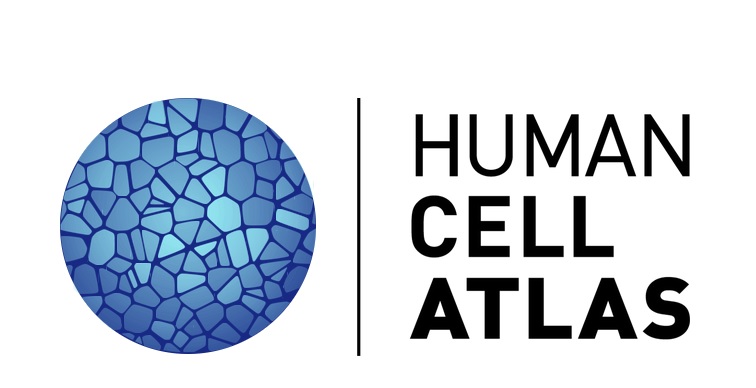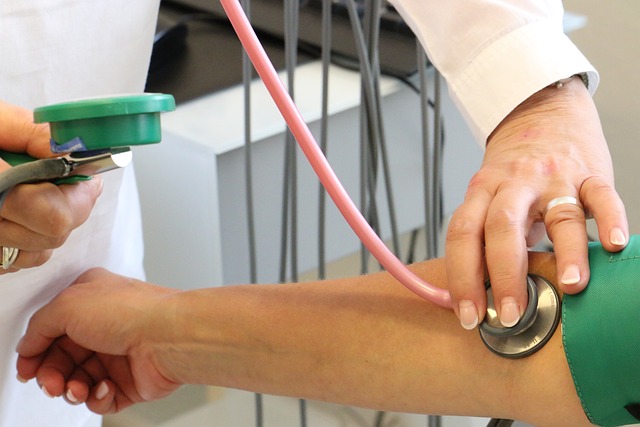
In a new study, published in Nature , researchers have produced the most detailed and comprehensive atlas of human cardiac cells to date, including the specialized tissue of the cardiac conduction system, where the heartbeat originates.
Summary Spatially resolved multiomics of human cardiac niches The function of a cell is defined by its intrinsic characteristics and its niche: the tissue microenvironment in which it lives. Here we combine single-cell and spatial transcriptomic data to uncover cellular niches within eight regions of the human heart. We map cells to microanatomical locations and integrate knowledge-based and unsupervised structural annotations. We also profiled the cells of the human cardiac conduction system. The results revealed its distinctive repertoire of ion channels, G protein-coupled receptors (GPCRs), and regulatory networks, and implicated FOXP2 in the pacemaker phenotype. We show that the sinoatrial node is compartmentalized, with a core of pacemaker cells, fibroblasts, and glial cells supporting glutamatergic signaling. Using a custom CellPhoneDB.org module , we identified interactions of transsynaptic pacemaker cells with glia. We present a drug target prediction tool, drug2cell , that leverages single-cell profiles and drug-target interactions to provide mechanistic insights into the chronotropic effects of drugs, including GLP-1 analogs. In the epicardium, we show an enrichment of both IgG+ and IgA+ plasma cells that form immune niches that may contribute to defense against infection. Overall, we bring new clarity to cardiac electroanatomy and immunology , and our suite of computational approaches can be applied to other tissues and organs. |
Comments
The multi-centre team is led by the Wellcome Sanger Institute and the National Heart and Lung Institute at Imperial College London, and has also introduced a new computational drug repurposing tool called Drug2cell , which can provide insights into the effects of drugs. in heart rate.
This study is part of the international Human Cell Atlas * (HCA) initiative, which is mapping every cell type in the human body, to transform our understanding of health and disease, and will form the basis for an HCA Human Heart Cell Atlas fully integrated..
Mapping eight regions of the human heart, the work describes 75 different cellular states, including the cells of the cardiac conduction system , the group of cells responsible for the heartbeat, which were not previously known at such a detailed level in humans. The human cardiac conduction system, the ’wiring’ of the heart, sends electrical impulses from the top to the bottom of the heart and coordinates the heartbeat.
By using spatial transcriptomics, which provides a “map” of where cells are located within a tissue, researchers were also able to understand how these cells communicate with each other for the first time. This map acts as a molecular guide, showing what healthy cells look like and providing a crucial reference for understanding what goes wrong in the disease. The findings will help understand diseases such as those that affect heart rhythm.
The preparation of a Human Heart Cell Atlas is key given that cardiovascular diseases are the main cause of death worldwide. Around 20,000 electronic pacemakers are implanted in the UK each year for these disorders. These may be ineffective and are prone to complications and side effects. Understanding the biology of conduction system cells and how they differ from muscle cells paves the way to therapies to improve heart health and develop specific treatments for arrhythmias.
The team also presents a new computational tool called Drug2cell . The tool can predict medication targets as well as medication side effects. It leverages single-cell profiles and 19 million drug-target interactions in the EMBL-EBI ChEMBL database.
Unexpectedly, this tool identified that pacemaker cells express the target of certain drugs, such as GLP1 drugs, which are used for diabetes and weight loss and are known to increase heart rate as a side effect, the mechanism of which was unclear. This study suggests that the increase in heart rate could be due in part to a direct action of these drugs on pacemaker cells, a finding that the team also showed in an experimental stem cell model of pacemaker cells.
Dr James Cranley, joint first author, cardiologist specializing in heart rhythm disorders and PhD student at the Wellcome Sanger Institute, said: "The cardiac conduction system is essential for the regular and coordinated beating of our hearts, but cells that make it up are poorly understood. This study sheds new light by defining the profiles of these cells, as well as the multicellular niches they inhabit. This deeper understanding opens the door to better targeted antiarrhythmic therapies in the future."
Dr Kazumasa Kanemaru, joint first author and postdoctoral fellow in the Gene Expression Genomics team at the Wellcome Sanger Institute, said: "The mechanism of activation and suppression of pacemaker cell genes is unclear, especially in humans. This "It is important to improve cell therapy to facilitate the production of pacemaker cells or to prevent excessive spontaneous activation of cells. By understanding these cells at the individual genetic level, we can potentially develop new ways to improve cardiac treatments."
The study unearthed an unexpected discovery: a close relationship between cells of the conduction system and glial cells . Glial cells are part of the nervous system and are traditionally found in the brain. They have been explored very little in the heart. This research suggests that glial cells are in physical contact with cells of the conduction system and can play an important supporting role: communicating with pacemaker cells, guiding nerve endings to them, and supporting their release of glutamate, a neurotransmitter.
Another key finding of the study is an immune structure on the outer surface of the heart. This contains plasma cells, which release antibodies into the space around the heart to prevent infections of nearby lungs. The researchers also identified an enriched cellular niche for a hormone that could be interpreted as an early warning sign of heart failure.
Dr Michela Noseda, Senior Lecturer in Cardiac Molecular Pathology at the National Heart and Lung Institute, Imperial College London, coordinator of the Human Cell Atlas Heart BioNetwork and lead author, said: "We often don’t fully know what impact a new drug in the heart and its electrical impulses; this can mean that a drug is withdrawn or does not reach the market. Our team developed the Drug2cell platform to improve the way we evaluate new treatments and how they can affect our hearts, and potentially other tissues as well "This could provide us with an invaluable tool to identify new drugs that target specific cells, as well as help predict any potential side effects early in drug development."
Professor Metin Avkiran, associate medical director of the British Heart Foundation, which part-funded the research with the German Cardiovascular Research Center (DZHK), said: "Using cutting-edge technologies, this research provides more complex details about the cells that produce specialized regions of the human heart and how those cells communicate with each other. New findings about the heart’s electrical conduction system and its regulation are likely to open new approaches to preventing and treating rhythm disturbances that can affect heart function and can even become life-threatening.
"International collaboration is key to scientific progress. This striking study and other discoveries from the broader Human Cell Atlas initiative are excellent examples of what can be achieved when the international research community works together across borders. Our "Combined efforts can ultimately produce better outcomes for patients."
Dr Sarah Teichmann, lead author of the study from the Wellcome Sanger Institute and co-chair of the Human Cell Atlas Organizing Committee, said: "This Heart Cell Atlas reveals cardiac microanatomy in unprecedented detail, including the cardiac conduction system. that enables every heartbeat, and is a valuable reference for the study of heart disease and the design of potential therapies. An important contribution to the global Human Cell Atlas initiative , which maps every cell type in the body to understand health and disease, will form the basis for a fully integrated HCA Human Cardiac Cell Atlas. Additionally, our suite of computational methods will help identify possibilities for repurposing existing drugs to treat diseases in other tissues."
Reference : Kanemaru, K., Cranley, J., Muraro, D. et al. Spatially resolved multiomics of human cardiac niches. Nature (2023). https://doi.org/10.1038/s41586-023-06311-1
















